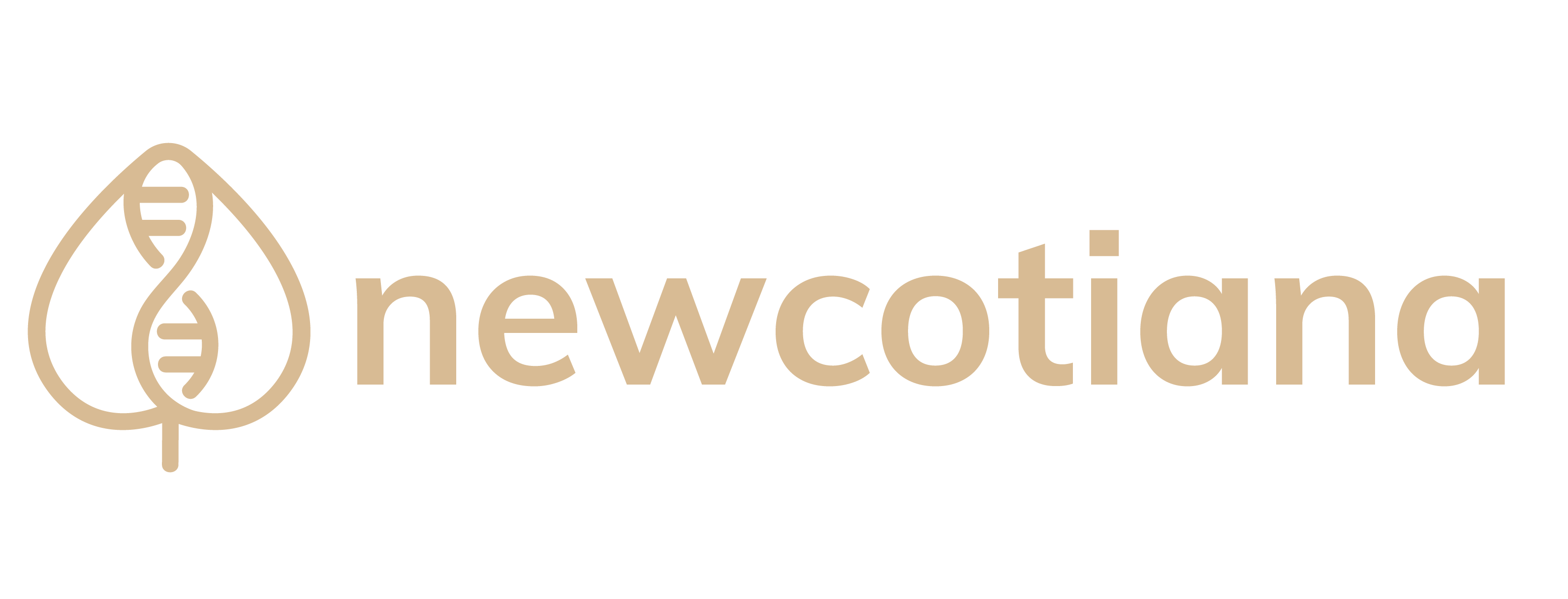Graft-mediated genome breeding consists in the horizontal movement of nuclear genomes between different species across graft junctions to create new, non-transgenic, synthetic crops that are allopolyploid and whose potential advantages include new chemotypes arising from the combination of the specialized metabolisms of two different species.
Grafting is a non-transgenic technique that has been used for centuries in agriculture and horticulture, has been also shown to facilitate the transfer of chloroplast genomes and entire nuclear genomes between plants. Unlike sexual hybridization, grafting is not restricted by species boundaries in that widely different species can be grafted. Therefore, selection for horizontal genome transfer across graft junctions can be used to transfer genomes between different species that cannot be crossed. Ralph Bock´s group, a Newcotiana Partner, has demonstrated this with Nicotiana species for both chloroplast genomes and nuclear genomes. Complete nuclear genome transfer across graft junctions results in novel species that are allopolyploid. This discovery highlights natural grafting as an asexual mechanism of speciation and, furthermore, provides a new method that potentially can be used for the generation of novel (i.e., synthetic) crop species that are non-transgenic. Potential advantages of such new species include: (i) superior growth properties due to heterosis-like hybrid vigor, and (ii) new chemotypes arising from the combination of the specialized metabolisms of two different species. The latter is likely to result in improved stress tolerance, especially tolerance to biotics stresses (pathogens and insect pests).

